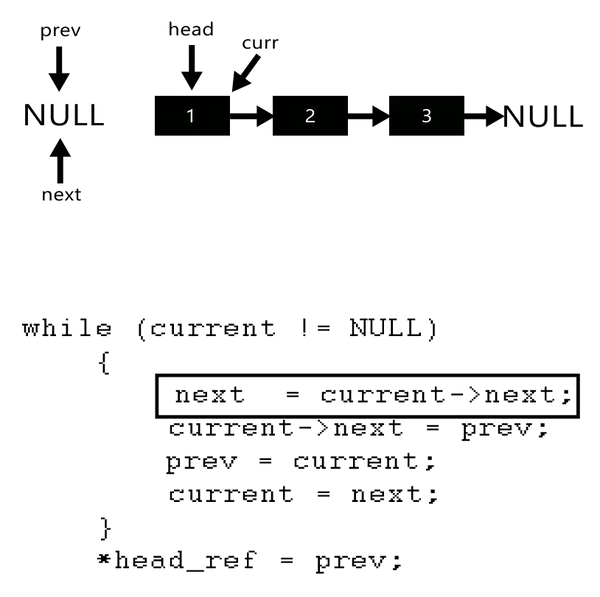
When the problem gives this constraint and Linked Lists data structure, you should think about In-place Reversal of a Linked List pattern. This approach is quite useful when dealing with reversal of Linked Lists when there is a constraint to do it without using extra memory. Space Complexity: O(1), algorithm runs in constant space. Time Complexity: O(N) where N is the number of nodes in the Linked Lists. Previous = current # point previous to the current node next = previous # reverse the current node To reverse a linked list we will use three pointers: Initialise p to NULL and c equal to head that is it points to the first element. next # temporarily store the next nodeĬurrent.

If the last set has less than k elements, leave it as it is (dont reverse). The function is expected to tweak the list such that all groups of k elements in the list get reversed and linked. There is a type of linked list called a doubly linked list where. LinkedList is a data structure which stores the data in a linear way. Singly linked lists only go in one direction with each node only pointing to the next node.

In this tutorial, we’ll be discussing the various algorithms to reverse a Linked List and then implement them using Java. next = None class Solution : def reverseList ( self, head : ListNode ) -> ListNode : if head is None : return head previous, current, next = None, head, None while current is not None : next = current. You are required to complete the body of kReverse function. Reversing a Linked List is an interesting problem in data structure and algorithms. Class ListNode : def _init_ ( self, val ): self.


 0 kommentar(er)
0 kommentar(er)
